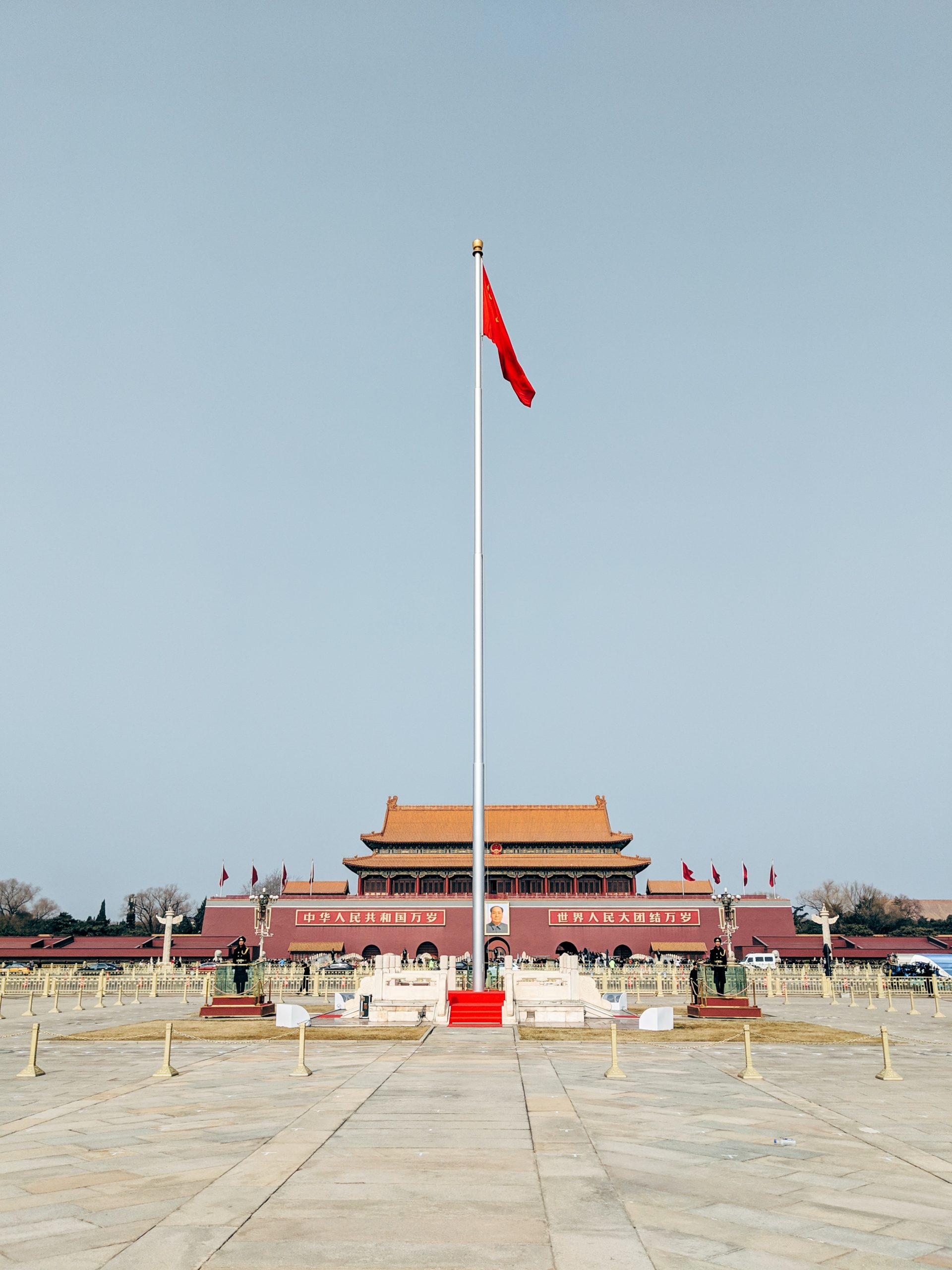Introduction
For the past few months, Chinese factory activity has been expanding at an unprecedented rate, suggesting a possible economic recovery. But what does this mean for the global economy? This blog post will explore the implications of China’s recent factory activity and how it could shape the global economy going forward. We’ll discuss China’s role as a major player in international trade and its impact on global markets, as well as delve into some of the risks associated with such rapid expansion. Finally, we’ll look at how other countries may respond to China’s newfound success and their potential actions in response.
What is the Chinese Factory Activity?
The Chinese factory activity expanded at unprecedented rates in the month of June, according to data from the official purchasing managers’ index (PMI). The index hit a record high of 51.7 in June, up from 51.2 in May and well above the 50-point mark that separates expansion from contraction on the index.
The strong reading for June’s factory activity was driven by increases in new orders, production, and employment. The new orders sub-index hit a record high of 52.3 in June, while the production sub-index rose to 53.1 and the employment sub-index climbed to 49.8.
The strong data for June’s factory activity adds to evidence that China’s economy is continuing to rebound from the coronavirus pandemic. Earlier this month, data showed that China’s retail sales and industrial output both rebounded sharply in May after plunging in April as the pandemic weighed on economic activity.
The expansion of China’s factory activity is also good news for the global economy as it suggests that Chinese demand for goods is starting to recover. This is important because China is a major driver of global growth and its economy has been one of the first to start recovering from the pandemic.
What Does It Mean For The Global Economy?
The expansion of Chinese factory activity is a sign that the global economy is on the rebound. The Chinese manufacturing sector has been one of the hardest hit by the pandemic, so this news is a welcome relief. It’s also a good sign for other countries that export to China, as demand for their products will likely increase. This news comes at a time when many developed economies are still struggling to recover from the pandemic. The United States, for example, is only just beginning to see its manufacturing sector return to pre-pandemic levels. So, while the expansion of Chinese factory activity is good news for the global economy, it’s important to keep perspective and remember that there’s still a long way to go before things return to normal.
How Will This Affect The U.S. Economy?
The U.S. and Chinese economies are highly interdependent, with the U.S. being one of China’s largest trading partners. Therefore, any significant change in the Chinese economy is likely to have an impact on the U.S. economy as well.
The recent expansion of factory activity in China is a positive sign for the global economy, and is likely to have a positive impact on the U.S. economy as well. The expansion indicates that Chinese businesses are optimistic about the future and are willing to invest in new capacity, which will lead to increased production and exports. This will create new jobs in China and generate more demand for goods and services from the U.S., boosting economic growth and creating new opportunities for American businesses.
Of course, there are always risks associated with any economic change, and it is possible that the expansion of factory activity in China could lead to inflationary pressures or other problems down the road. However, overall, this is a positive development for both the Chinese and American economies, and should be welcomed by policymakers in both countries.
Conclusion
China’s factory activity has been expanding at unprecedented rates since the start of 2021, and this is likely to have a significant impact on global economic growth in the near future. The increased demand for Chinese products could lead to an overall improvement in conditions across the world economy, with more jobs being created and higher levels of consumer spending as a result. Additionally, it may also prove advantageous for other countries that rely heavily on imported goods from China. Ultimately, only time will tell whether or not these optimistic predictions come true; however, there is no doubt that Chinese factory activity expansion has encouraged positive sentiment among economists and investors alike.











